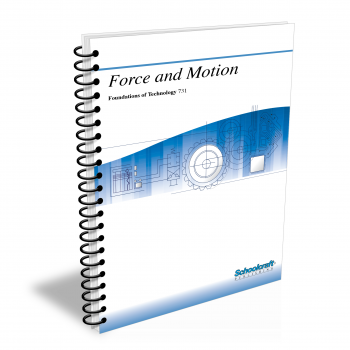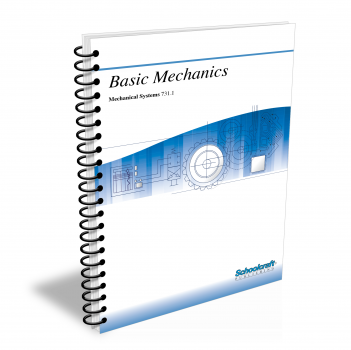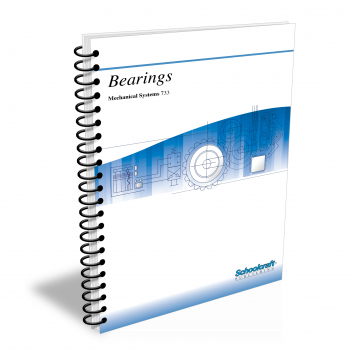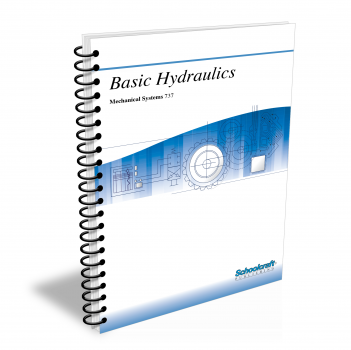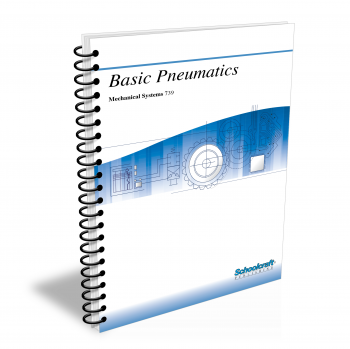Lubricants and Lubrication
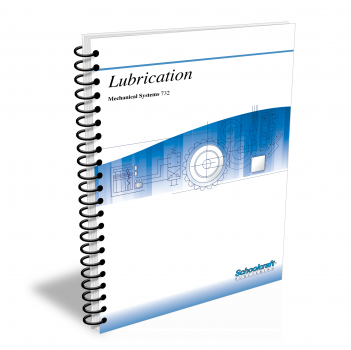
Course Number: 732
The Lubricants and Lubrication textbook covers the characteristics and functions of lubricants, how they are improved by various additives, and how to select them for a variety of purposes. The textbook describes oils, greases, and other types of lubricants. It also describes lubrication methods, storage, and handling, and describes proper management principles for the effective use of lubricants.
Does your curriculum require additional topics not included in this textbook? Build a customized version of the Lubricants and Lubrication textbook below.
This textbook has been recently updated
to include topics lists, objectives, & key terms for every chapter.
Recommended Contact Hours – 15
Preview a Chapter
Available Supporting Material
- Table of Contents
- Exam Copies
- Suggested Titles
Table of Contents
Chapter 1: Principles of Lubrication
Topics: Lubricant classification; Friction; Cooling and sealing action of lubricants; Corrosion prevention; Preventive maintenance
Learning Objectives:
- Define lubrication and describe the four forms of lubricants.
- Discuss the characteristics of static, kinetic, fluid, and rolling friction.
- Explain how a lubricant reduces wear and dampens shock.
- Discuss the cooling action of lubricants and explain how they prevent corrosion.
- Explain the importance of a lubricant's sealing action, and explain how it works.
Chapter 2: Characteristics of Lubricants
Topics: Properties of oils; Viscosity; Flash point; Pour point; Fire point; Oxidation resistance; Emulsification; Greases; Lubricant selection
Learning Objectives:
- Describe how lubricating oils are obtained and processed and briefly discuss the chemistry of petroleum.
- Explain how viscosity is rated and measured in lubricating oils.
- Explain how flash point, fire point, pour point, oxidation resistance, and emulsification affect a lubricant.
- Describe the five major properties of greases.
- Name four factors that affect lubricant selection.
Chapter 3: Types of Lubricants
Topics: Types of additives; Multipurpose lubricants; Mixed and full-film lubrication; Boundary and bearing lubrication
Learning Objectives:
- Describe the nature and purpose of pour-point depressants, oxidation inhibitors, viscosity-index improvers, and antifoam agents.
- Explain how rust and corrosion inhibitors, extreme-pressure additives, and detergent-dispersants work.
- Discuss the use of emulsifying and demulsifying agents, oiliness and antiwear agents, tackiness agents, and other additives.
- Describe the differences between mixed-film, boundary, and full-film lubrication.
- Discuss elements which determine proper bearing lubricant selection.
- Identify common bearing lubrication problems and ways to avoid them.
Chapter 4: Oils
Topics: General- and special-purpose oils; Oil bases; Circulating, gear, machine, spindle, refrigeration, steam cylinder, and engine oils; Wire rope lube
Learning Objectives:
- Describe the four types of oil bases.
- Name three types of circulating oils and describe their properties.
- Compare the characteristics and uses of gear oils, machine oils, and spindle oils.
- Discuss the special properties of refrigeration oils, steam cylinder oils, and internal combustion engine oils.
Chapter 5: Greases
Topics: Characteristics of greases; Calcium-, soda-, barium-, lithium-, and aluminum-soap greases; Grease selection; Bearing relubrication
Learning Objectives:
- Define grease and compare the advantages of using greases and using oils.
- Describe methods for making grease and compare the uses and properties of at least five soap-based greases.
- State the advantages and disadvantages of using nonsoap-based greases.
- Discuss grease selection and application for plain and antifriction bearings.
Chapter 6: Special Greases and Dry Lubricants
Topics: Multipurpose greases; Additives; Extreme-pressure, water-repellent, high-, low-temp, lamellar, and silicone greases; Dry-film lubricants
Learning Objectives:
- List three purposes for grease additives and explain how extreme-pressure greases accomplish their purpose.
- Compare uses and characteristics of water-repellent and high- and low-temperature greases.
- Describe lamellar greases, giving an example, and list some special uses for silicone greases.
- Compare three types of dry-film lubricants and describe how and where to use them
Chapter 7: Lubrication Systems
Topics: Lubrication system reliability and design factors; Manual and gravity lubrication; Drip-feed oilers; Natural and pressure lubrication; Air line lubrication
Learning Objectives:
- Name four main considerations for selecting a lubrication system and explain the importance of each.
- Explain how manual and drip lubrication methods work.
- Describe the operating principles of natural and pressure lubrication methods.
Chapter 8: Automatic Lubrication
Topics: Sight glass flow indicators; Spray nozzles and valves; Metered and header systems; Single- and two-line metering; Progressive metering
Learning Objectives:
- Describe a typical positive feed oil lubrication system.
- Compare three types of sight glass flow indicators.
- Describe types and operation of various spray nozzles and valves used in automatic lubrication systems.
- Compare the operation of header and progressive metering systems.
Chapter 9: Storing and Handling Lubricants
Topics: Inside and outside storage; Dispensing; Inventory and rotating stock; Purification and reclamation; Gravity separation; Centrifuges; Strainers; Filters
Learning Objectives:
- Explain the importance of proper lubricant storage and describe good inside and outside storage practices.
- Describe various methods of dispensing lubricants.
- Discuss proper inventory and stock rotation procedures and define lubricant purification and reclamation.
- Explain how gravity separation, centrifuges, strainers, and filters work.
Chapter 10: Lubrication Management
Topics: Lubrication control; Establishing oiler routes; Coding lubrication points; Computer-managed programs; Installation; Computer reports
Learning Objectives:
- Explain the importance of good lubrication management practices and describe seven different kinds of information that should be included on an equipment lubrication survey form.
- Explain how to set up an oiler route and how to color-code the lubrication points.
- Discuss the considerations involved in establishing and installing a computerized lubrication program.
- Describe the purposes of several types of basic computer lubrication forms and list advantages of expanded programs.
Request Exam Copies
Exam Copies
Ready to see a copy of our textbooks? After selecting which textbooks you’d like to review for your course, you can submit your request by either logging in or creating an account so we know where to ship your exam copies. A representative from Schoolcraft will contact you to confirm and finish processing your request.
Exam copies are always free and yours to keep.
Selected Exam Copies
none selected
* Maximum of five copies can be ordered
